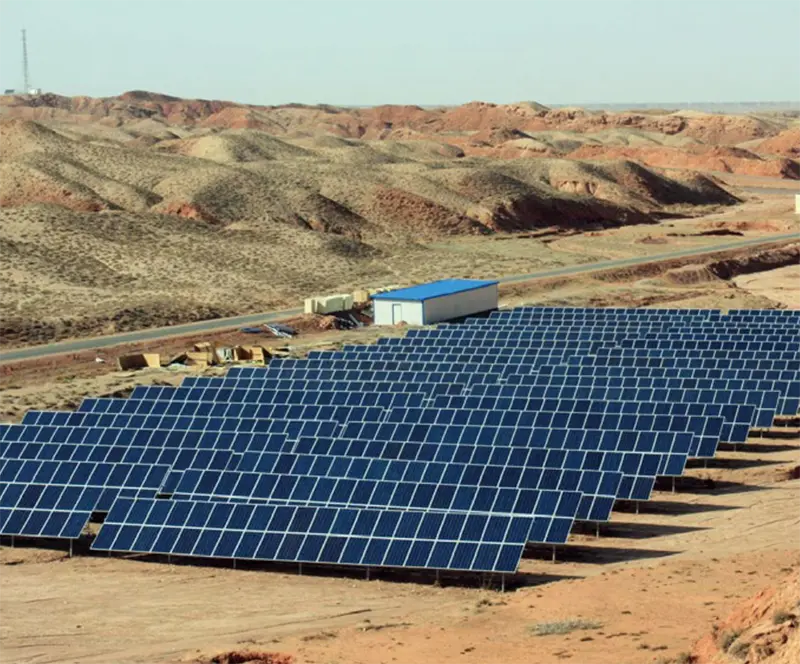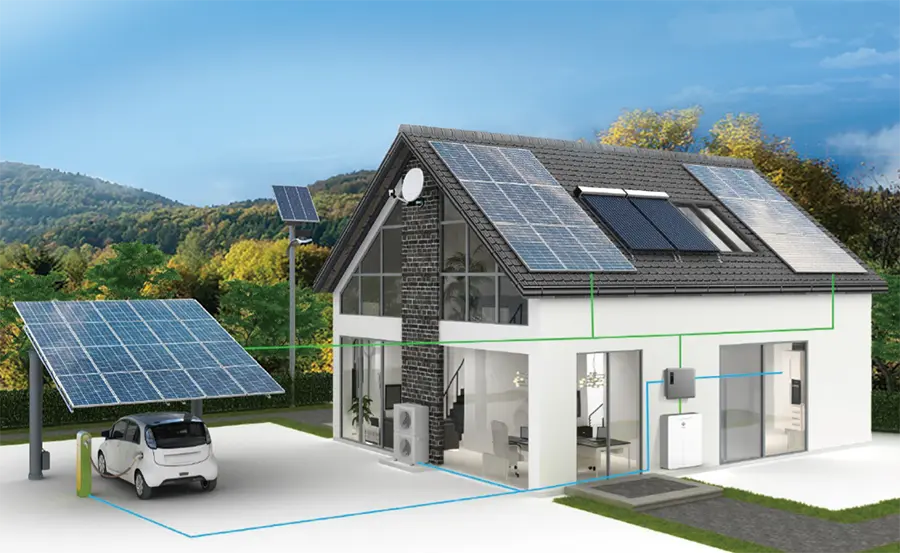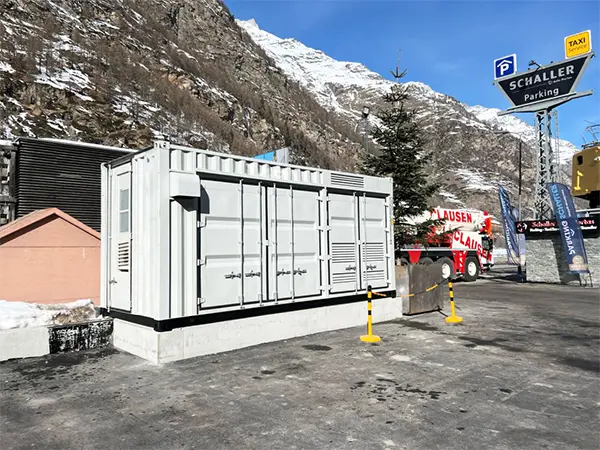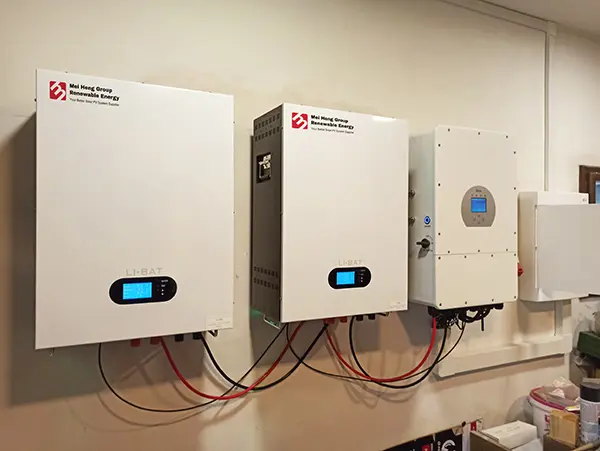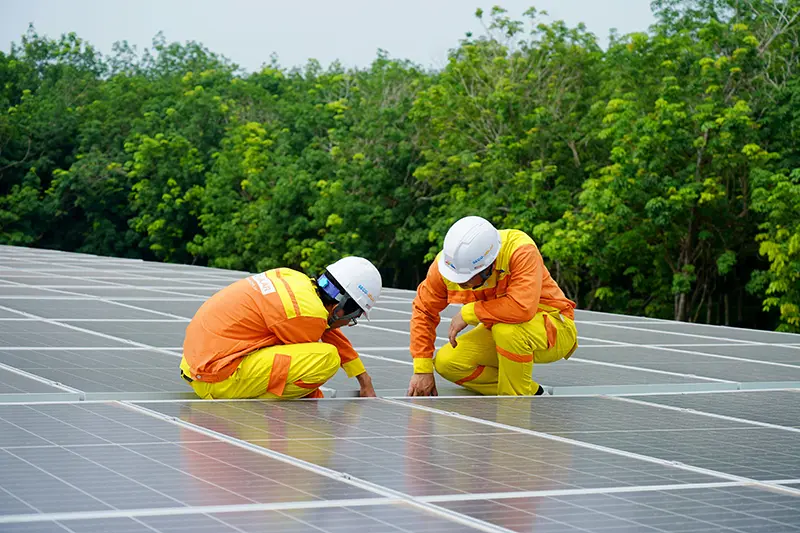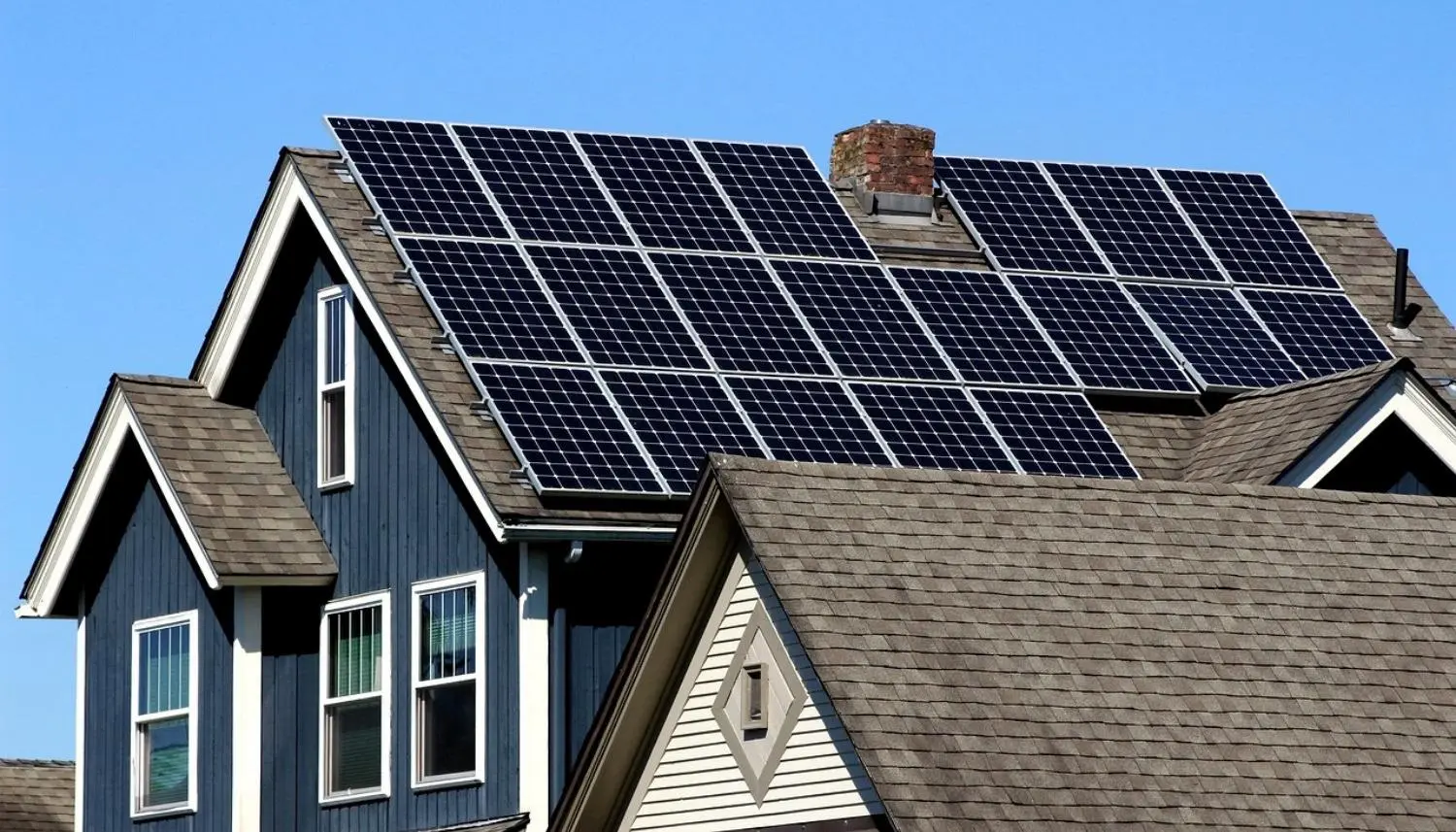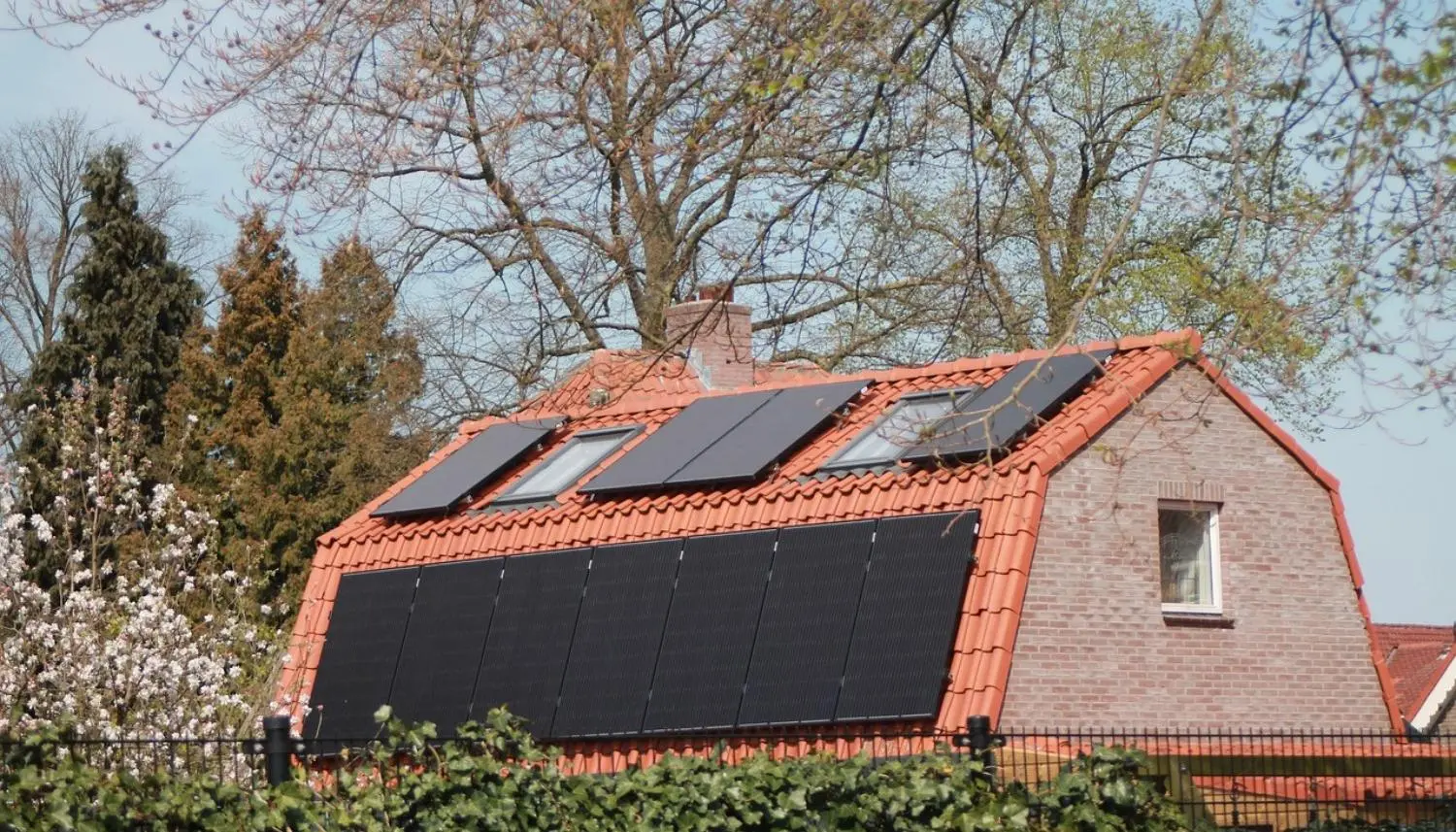Solar Power: Tackling Surplus Energy in Off-Grid "Self-Consumption" Systems
Solar power, as a clean and renewable energy source, is becoming a key driver of the green energy revolution. Particularly in distributed Photovoltaic (PV) systems, the "self-consumption with zero export" model has gained significant traction. But the question of how to handle surplus electricity in such systems remains a critical technical challenge. This article explores practical solutions for managing excess energy in off-grid, self-consumption PV projects.
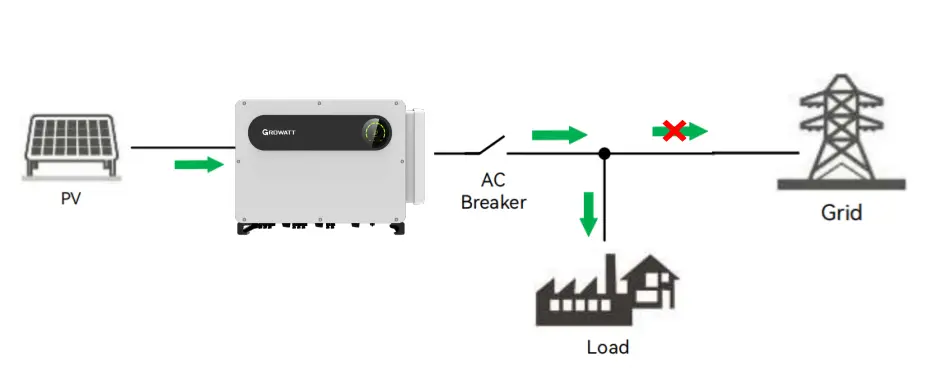
The Zero-Export Model: A Quick Overview
In a "self-consumption, zero-export" setup, solar power generated by a user’s Pv System first meets their own energy needs. Any surplus electricity isn’t fed back into the grid but is managed locally. This approach:
- Turns underutilized spaces (like rooftops) into power sources,
- Reduces reliance on conventional energy,
- Minimizes grid instability risks from excess supply,
- Lowers electricity bills and boosts ROI through self-consumption.
It’s a win-win for both the environment and the end-user’s wallet.
Solutions for Smarter Surplus Management
Here’s how modern systems tackle excess energy:
1. Adding Storage Units
How it works: Integrate batteries to store surplus power. When generation exceeds demand, extra energy charges the batteries via an inverter. Stored power is then used when solar supply dips or during grid outages.
Implementation:
- DC coupling: Directly links panels to batteries (efficient for new setups).
- AC coupling: Retrofits storage to existing systems (more flexible).
Benefits:
- Zero waste: Surplus power is reused, not lost.
- Stability boost: Batteries smooth voltage fluctuations.
- Cost savings: Use stored energy during peak-rate hours or outages.
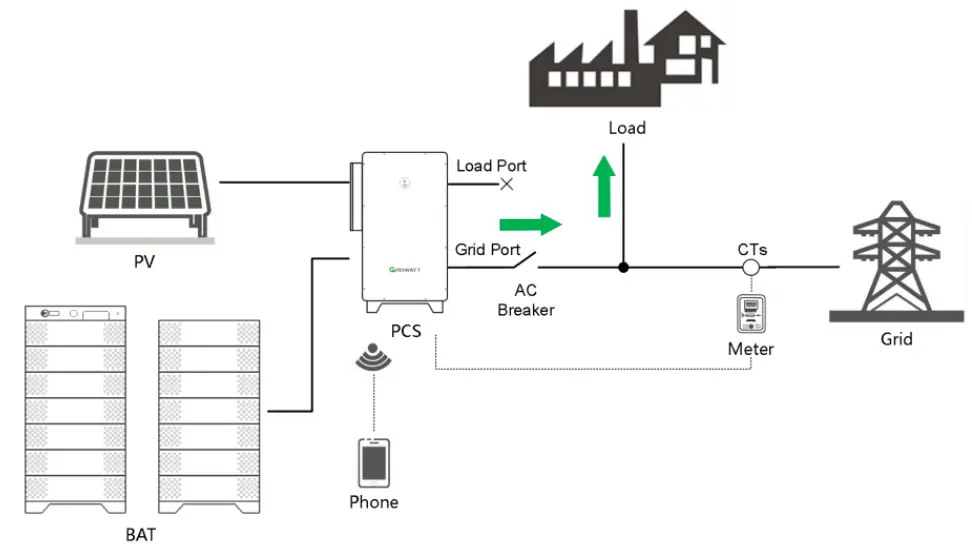
AC coupling
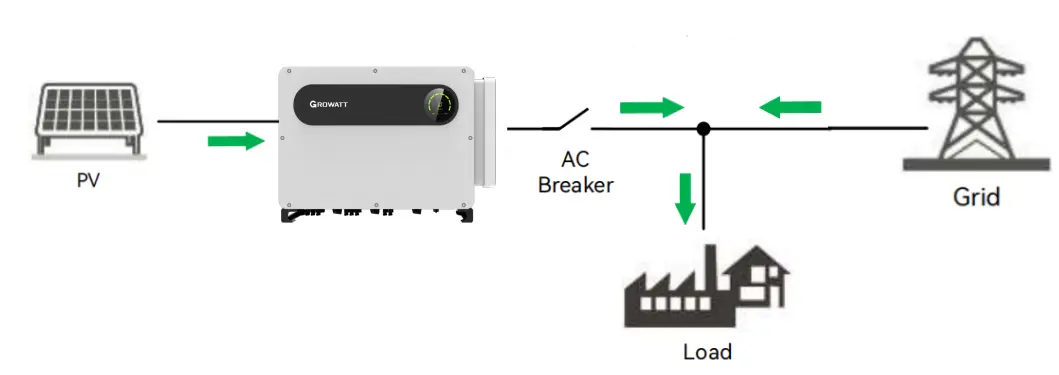
DC Coupling
2. Optimizing System Design
How it works: Right-size the PV system to match user demand and local solar conditions. Avoid overbuilding by tailoring capacity to actual consumption patterns.
Benefits:
- Less surplus: Generation aligns closely with demand.
- Lower upfront costs: No overspending on unneeded capacity.
3. Smart Anti-Backflow Controls
How it works: A real-time monitoring system (sensors + AI controller) tracks solar generation, consumption, and grid status. It dynamically adjusts PV output to prevent surplus.
Components:
- Data module: Tracks energy flow.
- Control module: Computes optimal adjustments.
- Execution module: Tweaks system parameters.
Benefits:
- Real-time surplus prevention.
- Adaptive operation for shifting demands.
- User-friendly insights via performance dashboards.
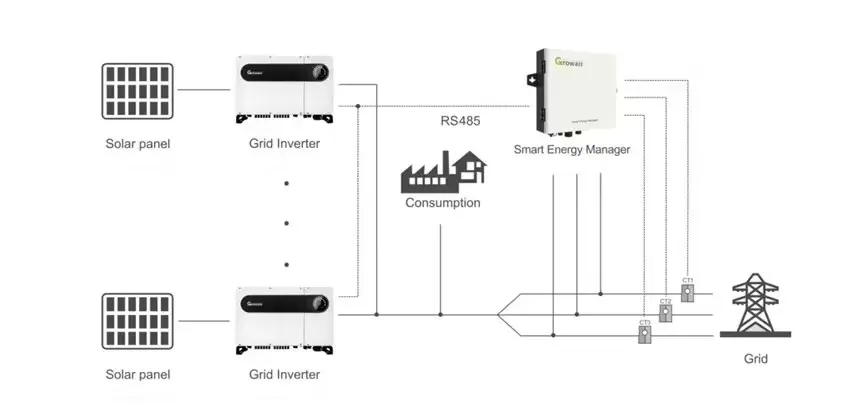
4. Expanding Energy Use Cases
How it works: Redirect surplus power to secondary applications, like:
- Charging EVs,
- Powering streetlights, security cameras, or other devices.
Benefits:
- Minimizes curtailment.
- Maximizes utilization of generated energy.
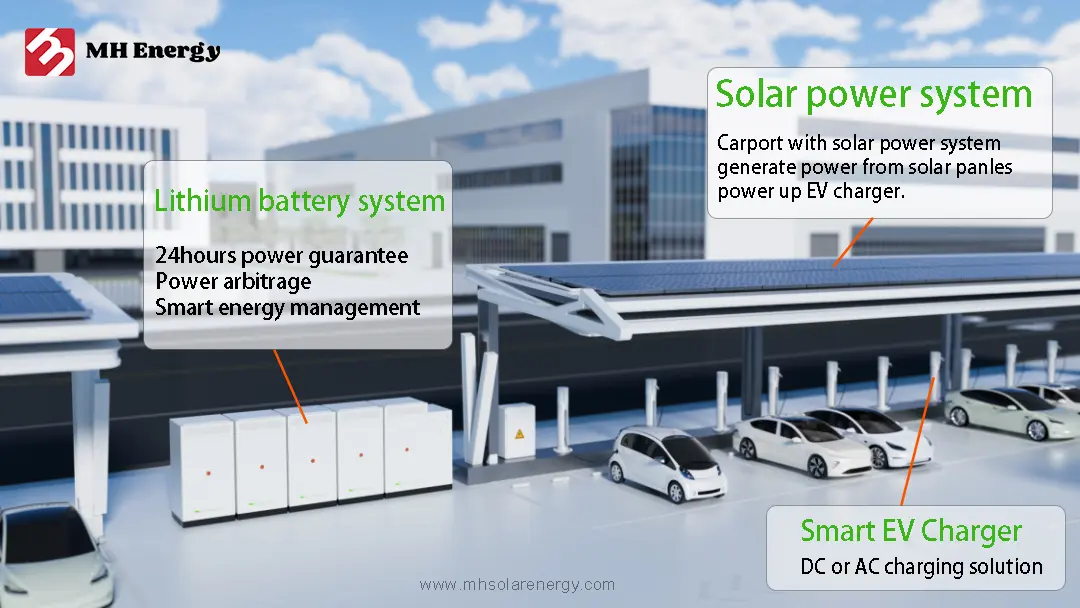
What’s Next?
Surplus energy in zero-export PV systems isn’t just solvable—it’s an opportunity. Solutions like battery storage, smarter design, intelligent controls, and creative energy reuse can turn excess power into added value. As tech evolves, expect even leaner, more adaptive systems to emerge. For now, the key is picking the right mix for your project’s unique needs.


